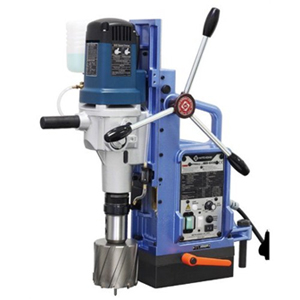Schedule a Call Back
The data centre market growth and strategies to capture market share in India
 Articles
Articles- Sep 04,25

- Strong competition from established players like Honeywell, Siemens, and Mitsubishi.
- Customer inertia as many data centers hesitate to switch from their existing automation platforms due to concerns over integration complexity.
- Cybersecurity concerns that slow the adoption of cloud-based monitoring solutions.
- Pricing pressures that challenge a company’s premium positioning in a cost-conscious environment.
- Lack of clear customer-focused value propositions that align digital solutions with business outcomes for data centre operators.
- Unified solutions from a single vendor to simplify operations.
- AI-capable monitoring infrastructure for predictive maintenance.
- Higher rack density management, moving from 3-5KW to as high as 50KW per rack.
- Enhanced cybersecurity for operational technology systems.
- Customisable and scalable architectures that align with their rapid growth and evolving needs.
- Organisational alignment: Companies are working towards establishing Master Service Agreements with key clients, locking in long-term relationships and building trust through consistent service and transparent pricing.
- Strategic repositioning: Digital solutions are being redefined around a clear value proposition: providing a “single pane of glass” for all monitoring and control needs within a data center. A crucial part of this repositioning, as some companies have realised, involves transitioning customers towards a Software-as-a-Service (SaaS) model, ensuring recurring revenue while enabling customers to manage their facilities with minimal upfront investment and maximum scalability.
- Financial optimisation: In a competitive market, even in a highly growing one, such as the data centres market, pricing plays a key role. Especially for across the board dominance has long been a sticking point in Schneider’s pursuit of digital market dominance. Cost reduction is important to keep profitability high even at low prices.
Related Stories
Are IIOT sales strategies holding up adoption of Industry 4.0 in manufacturing?
As Industry 4.0 matures, Industrial IOT (IIOT) platforms will be the backbone of digital transformation. But adoption depends as much on how they are sold as on what they deliver, write R Jayaraman ..
Read more
Genset industry is poised for growth and innovation: Jameson Mendonca
In this interview, Jameson Mendonca, Power Generation Business Leader, Cummins India Ltd, discusses innovation, sustainability, and Cummins’ roadmap to Destination Zero.
Read more
Make in India in shifting world: Manufacturing for resilience, global leadership
India stands at a defining moment where disruption in global trade, technology, and supply chains offers both risks and opportunities for manufacturing-led growth. Rohit Chandra, Co-Founder & CEO, O..
Read more














